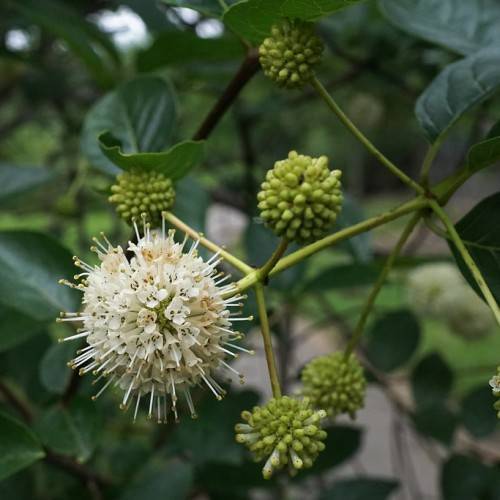
Common Buttonbush
Cephalanthus occidentalis var. occidentalis
Watering:
Minimal
Hardiness Zone:
Sun:
full sun,part shade
Leaf:
Yes
Growth Rate:
Low
Drought Tolerant:
Yes
Salt Tolerant:
Yes
Care Level:
Medium
watering
Branching Centaury (Centaurium pulchellum) should be watered regularly during its growing season. To achieve best results, water once per week, making sure that the soil is moist but not soggy. Watering should be reduced significantly in winter months, since this species prefers slightly dry winters.
sunlight
Branching Centaury requires full sunlight for most of the day. While it can tolerate partial shade, its growth will be stunted if not exposed to several hours of direct sunlight each day. Depending on location, the ideal amount of sunlight for Branching Centaury is between 6-8 hours a day.
pruning
Branching Centaury should be pruned in the fall and early spring, just before the new growth begins. For a mature plant, the cutting should be done once every couple of seasons, and for new plants, about once every season. To prune, cut back about a quarter of the topmost branches to the ground, or to within 3-4 inches of the ground. This will stimulate new growth for a fuller, healthier plant. Always use sterilized tools and prune when the plant is dry.
